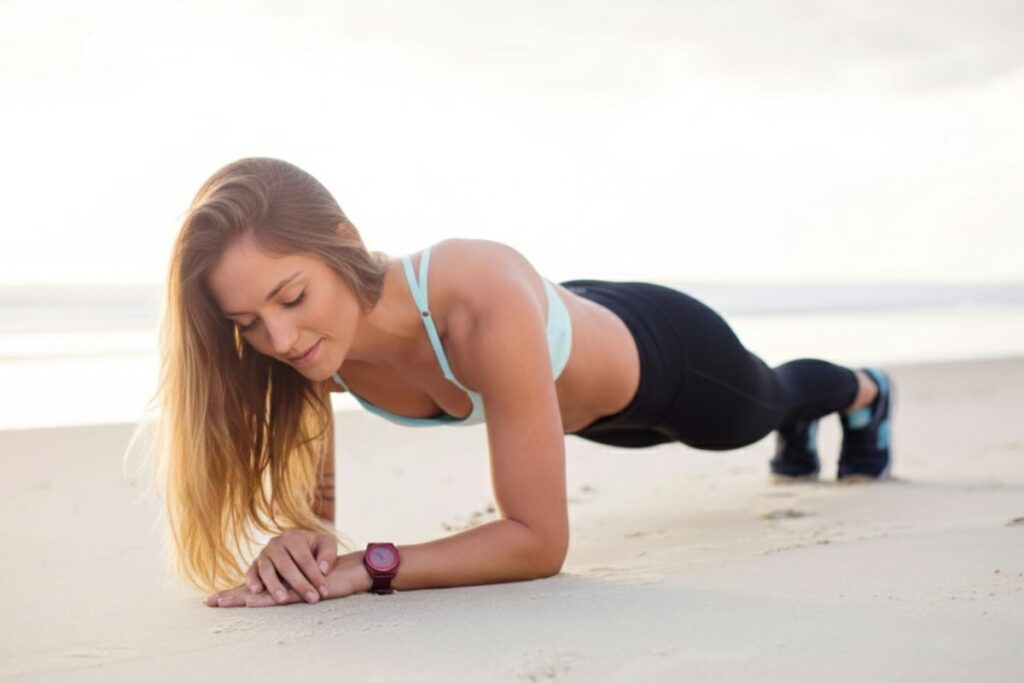From Core to Clarity: 11 Surprising Benefits of Pilates for Body and Mind
September 17, 2025
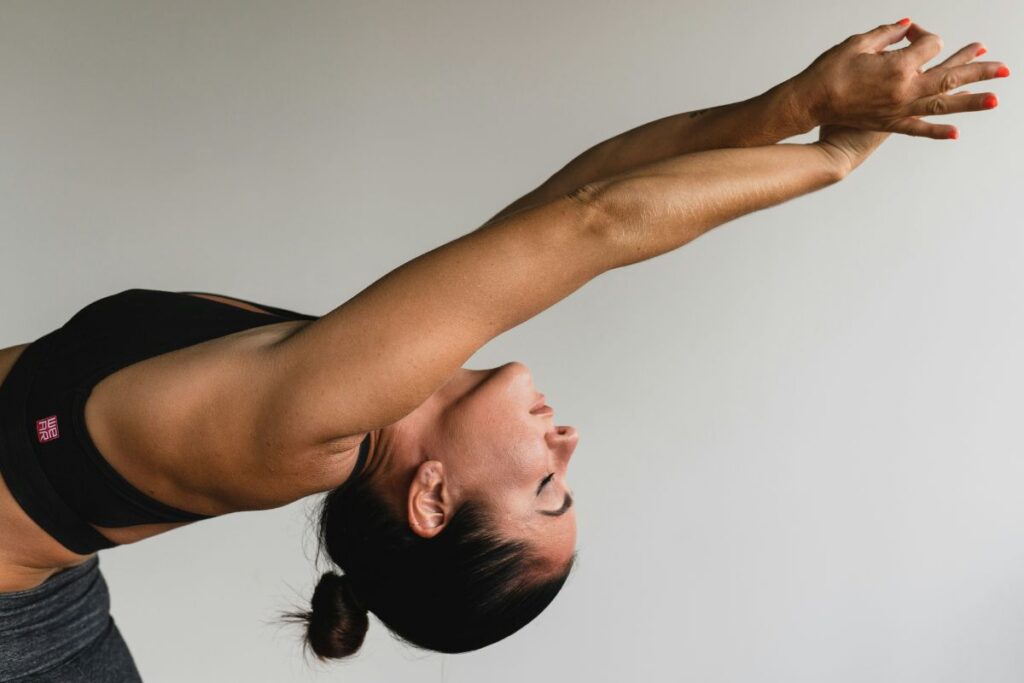
Most people think of Pilates as just another core workout—but it’s so much more. Beyond the toned abs and flexible limbs, Pilates is a powerful mind-body practice that improves posture, sharpens focus, relieves stress, and helps prevent injury. Whether you’re a desk-bound professional, a busy parent, or an athlete looking to recover smarter, the benefits of Pilates reach far beyond that.
In this post, we’re diving into the 11 unexpected ways Pilates transforms your body and mind, and how to start your practice today — even at home.
Don’t have time for a studio? Try this affordable at-home Pilates reformer machine to start your practice in the comfort of your own home.
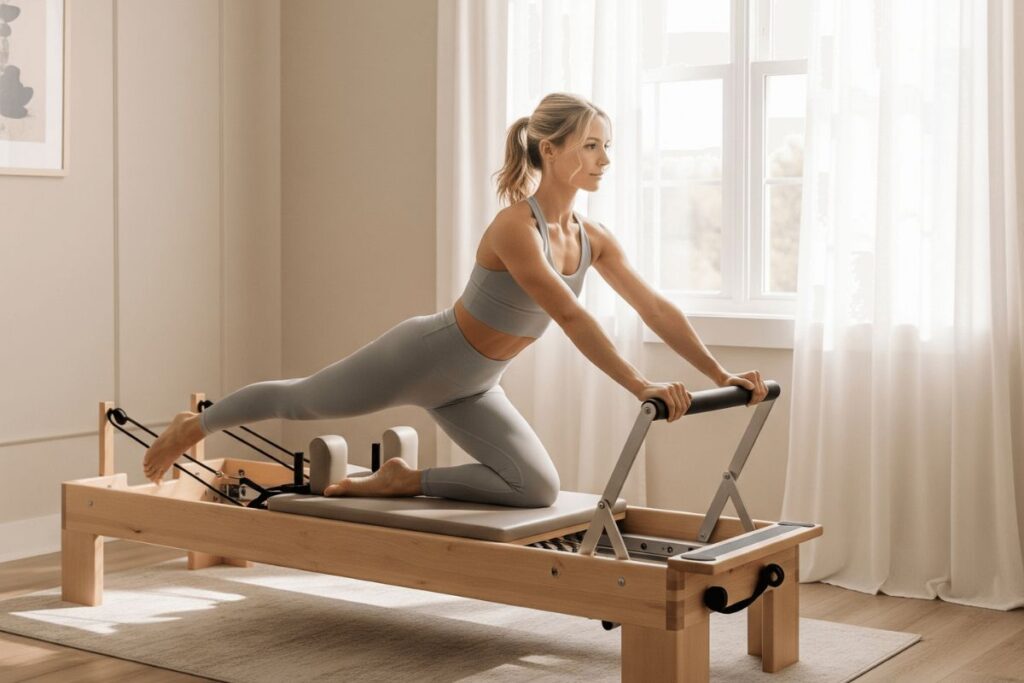
1. Reprograms Your Posture (Even While You Sit)
If you’re constantly battling slouching or tech neck, Pilates can be a game-changer. It strengthens your inner core muscles that naturally align your spine, opens up tight chest and shoulder muscles, and trains your body to stack your head, shoulders, and hips correctly — even when you’re sitting at a desk.
Pair your practice with this ergonomic desk chair to support better posture throughout your workday.
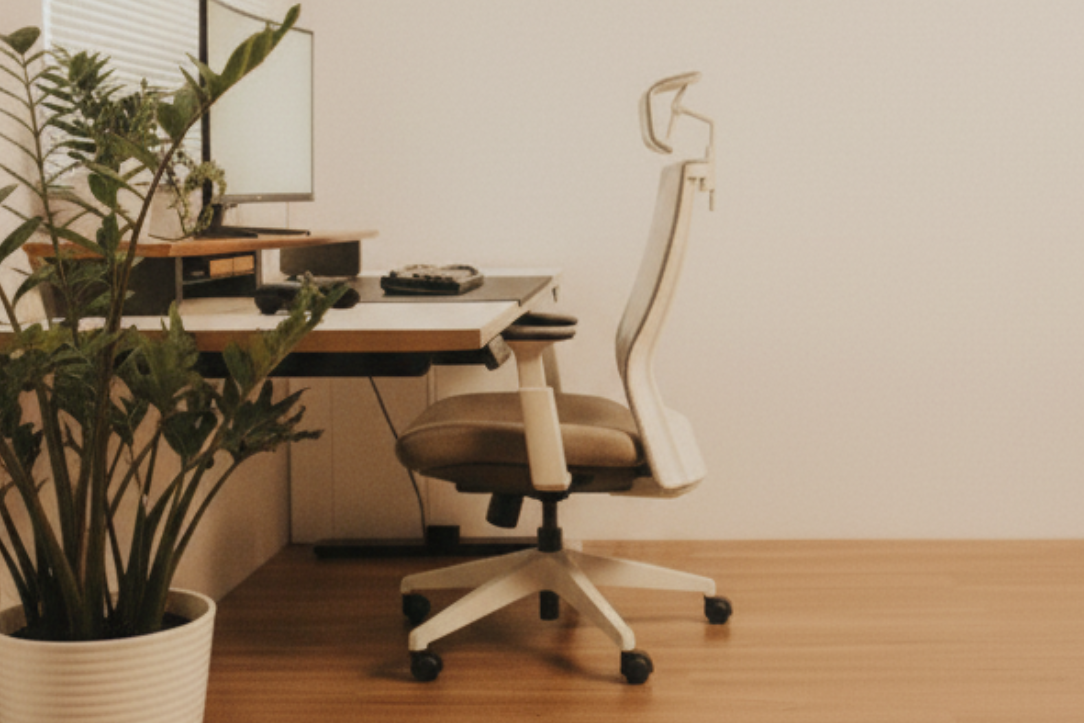
2. Tones From the Inside Out
Forget crunches — true core strength comes from deep within. Pilates activates often-neglected muscles like the pelvic floor, transversus abdominis, and multifidus (a deep back muscle that runs along the length of your spine), which not only sculpt your waistline but also support and protect your spine, especially for those dealing with lower back pain.
Looking to upgrade your workouts? This at-home Pilates equipment kit helps target deep core muscles with ease.
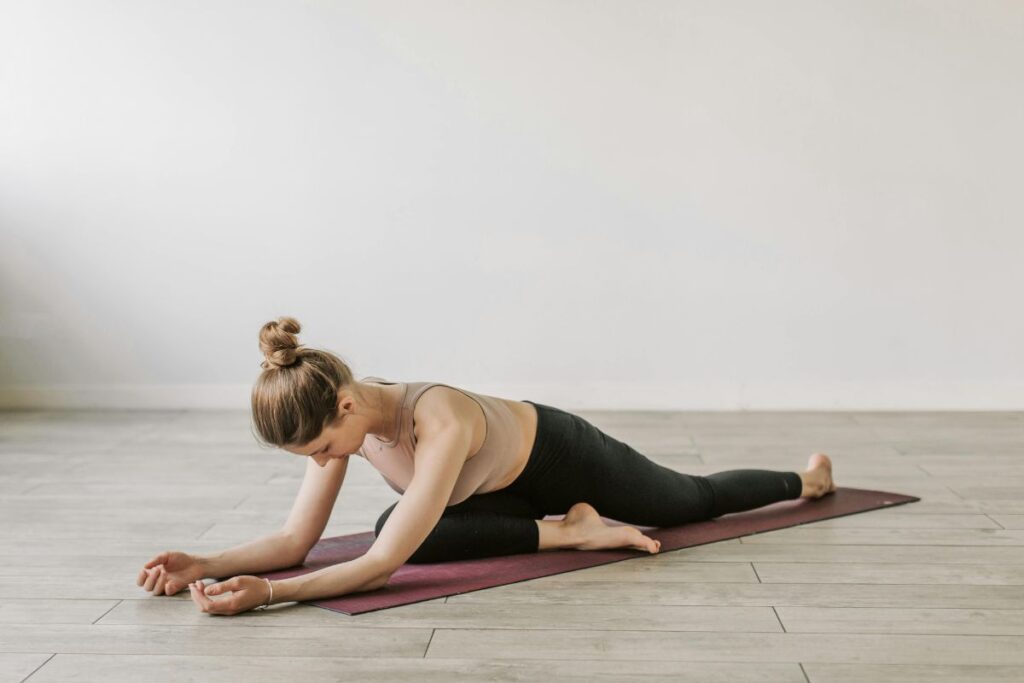
3. Builds Awareness of Body Alignment
Pilates creates a strong mind-body connection by helping you identify and correct imbalances — like leaning into one hip or favoring one shoulder. It supports healthy joint alignment in everyday movements, encourages mindful motion, and even reduces habits like jaw clenching or shoulder tension.
4. Reduces Stress and Anxiety
One of the most underrated benefits of Pilates? Stress relief. Through controlled breathing and fluid movement, it taps into the parasympathetic nervous system (rest-and-digest mode), lowers cortisol levels, and releases tension stored in the neck, shoulders, and hips — common holding zones for emotional stress.
Enhance your relaxation with a lavender eye pillow for ultimate relaxation.
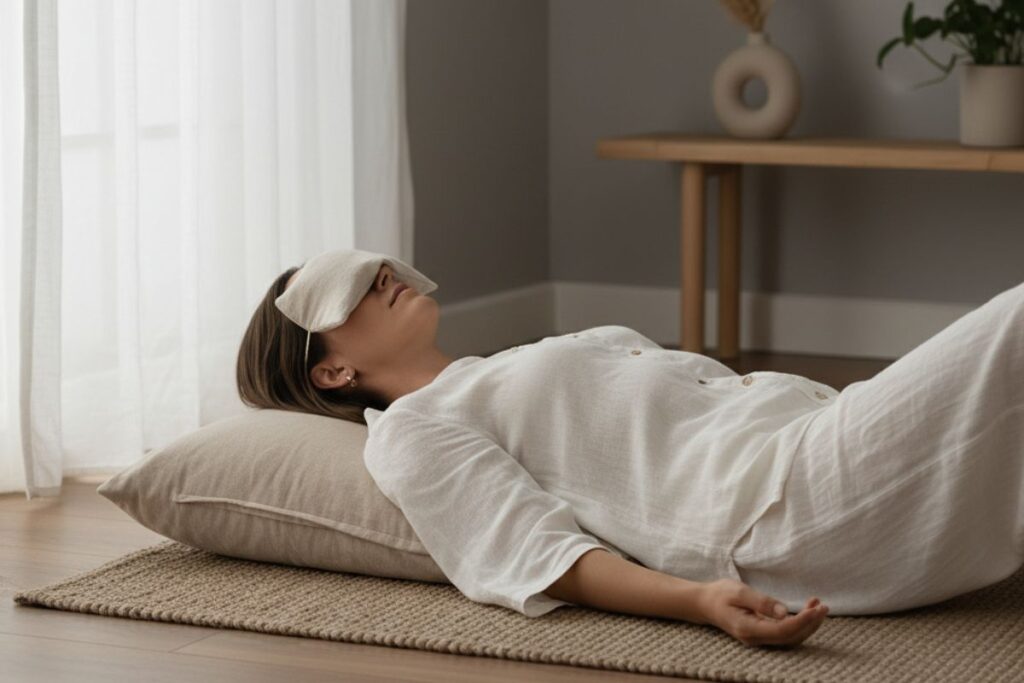
5. Energizes You More Than a Nap or Coffee Break
Feel sluggish in the afternoon? Skip the espresso shot. A short Pilates session boosts oxygen flow to the brain, supports lymphatic drainage, and gently engages muscles to increase energy without overexertion.
6. Restores Flexibility (Without Forcing It)
Unlike stretching routines that can push too hard, Pilates gradually improves flexibility through controlled movement. It opens tight hips, hamstrings, and shoulders without pain or strain — making it an ideal solution for desk workers or anyone living a sedentary lifestyle.
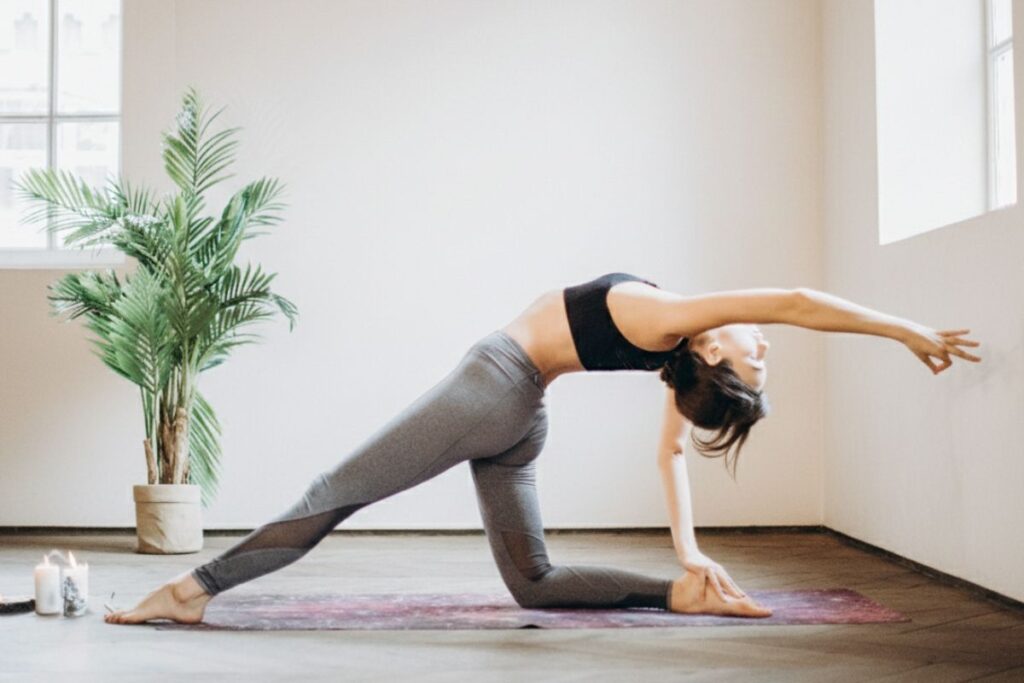
7. Rebuilds Balance and Motor Control
Pilates helps fine-tune your body’s internal GPS. It strengthens small stabilizer muscles, trains proprioception (body awareness), and supports injury prevention by retaining neuromuscular pathways.
8. Sharpens Your Mental Focus
Think of Pilates as mental strength training. Coordinating breath, movement, and form requires intense concentration — which improves cognitive function and teaches you how to stay calm and present, even during challenging tasks.
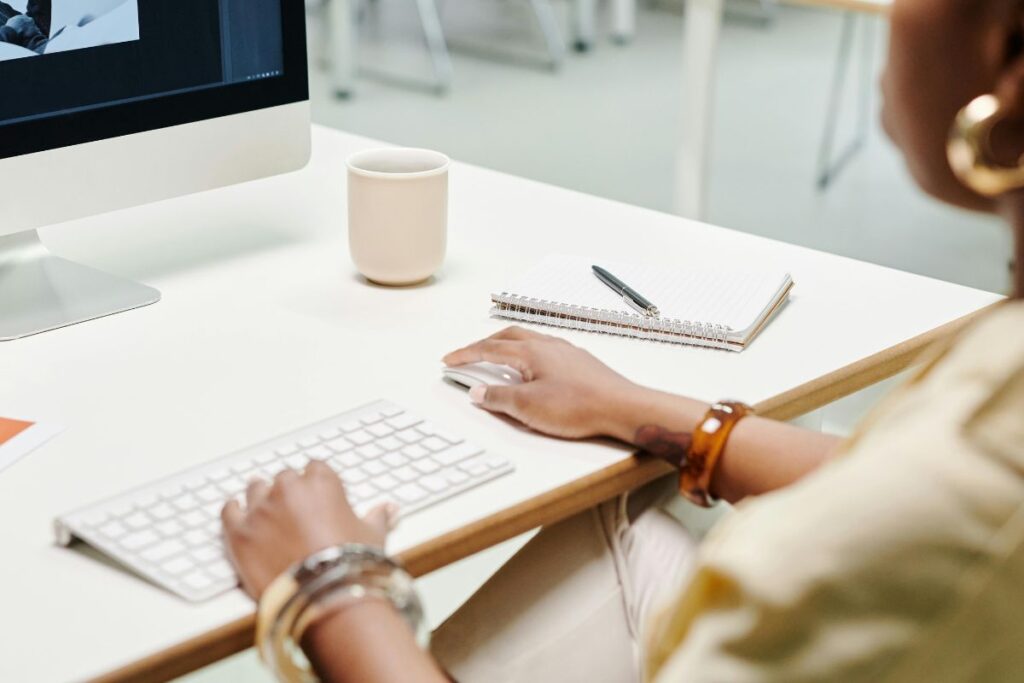
9. Encourages Emotional Balance and Self-Compassion
Pilates isn’t about punishing your body — it’s about listening to it. This practice encourages mindful movement, builds confidence by focusing on progress (not perfection), and helps you connect with your body in a way that fosters self-respect, compassion, and rest without guilt.
10. Prevents Injuries Holistically
Rather than just treating symptoms, Pilates targets the root causes of pain and imbalance. It strengthens underused muscles, promotes balanced joint support, and helps correct tissues like poor knee tracking or shoulder impingement — making it great for injury rehab or prevention.
Support your recovery with a Pilates-friendly foam roller to reduce tension and improve mobility.
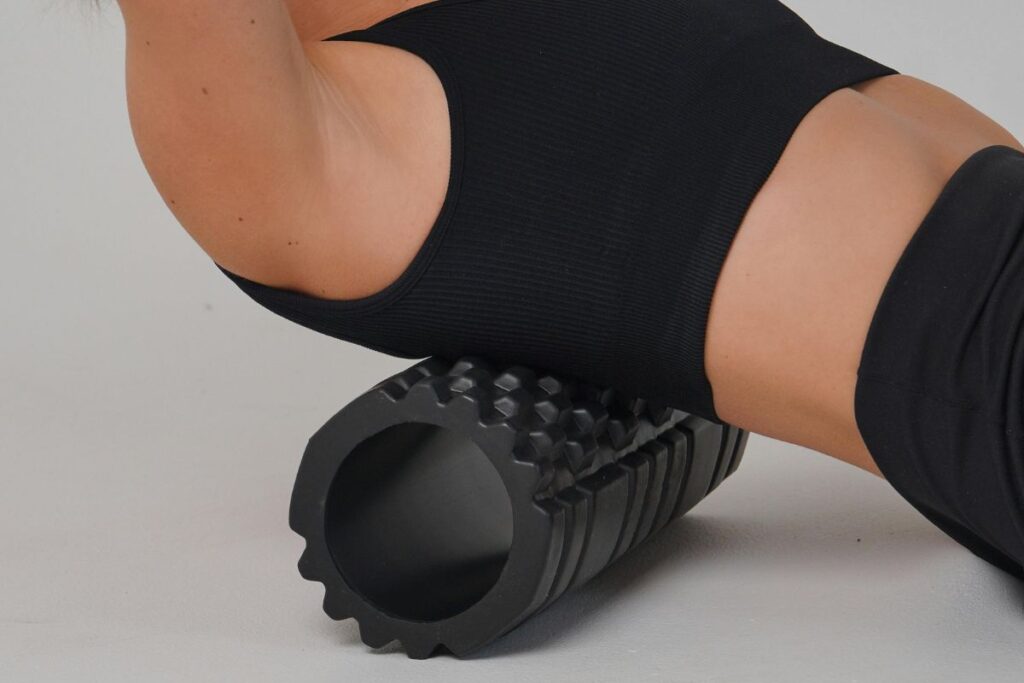
11. It’s a Full-Body, Full-Mind Upgrade
Whether your goal is better posture, more focus, injury recovery, or simply stress relief, Pilates offers a powerful, sustainable way to transform how you feel inside and out. It meets you where you are, and grows with you over time.
Want to start strong? Look like a pro with these anti-slip Pilates socks.
Final Thoughts: Ready to Try Pilates?
You don’t need to be flexible, fit, or experienced to start Pilates — just curious and consistent. With the right guidance and tools, it can become your go-to practice for strength, resilience, and self-care.
